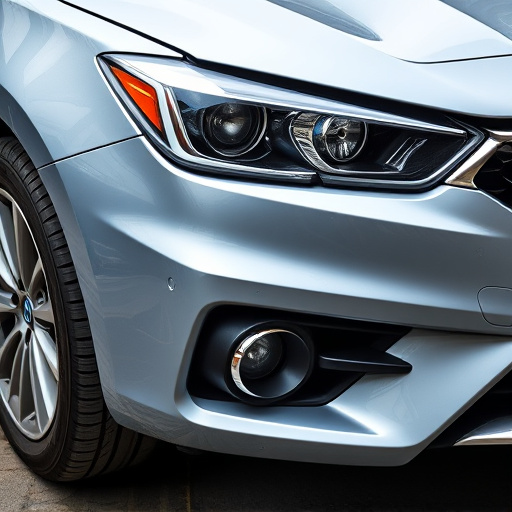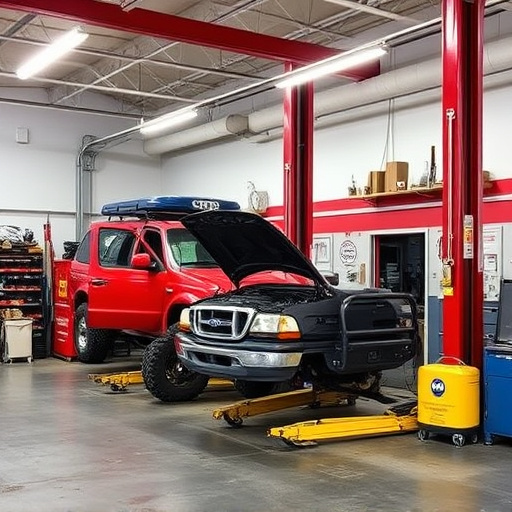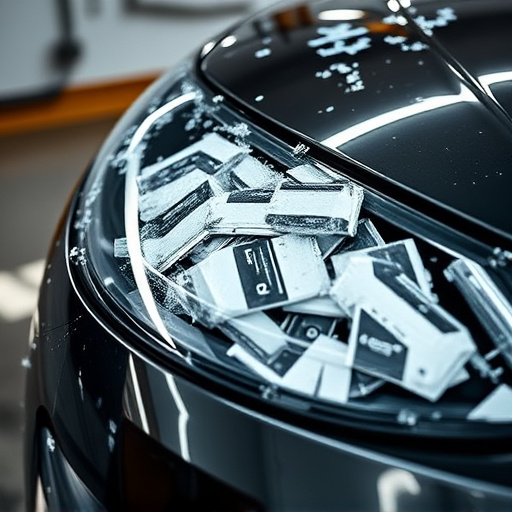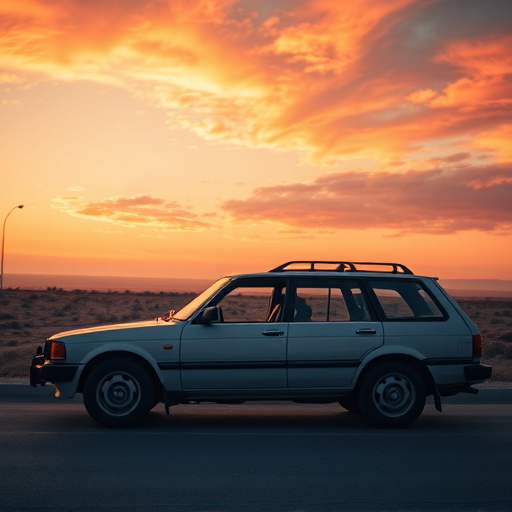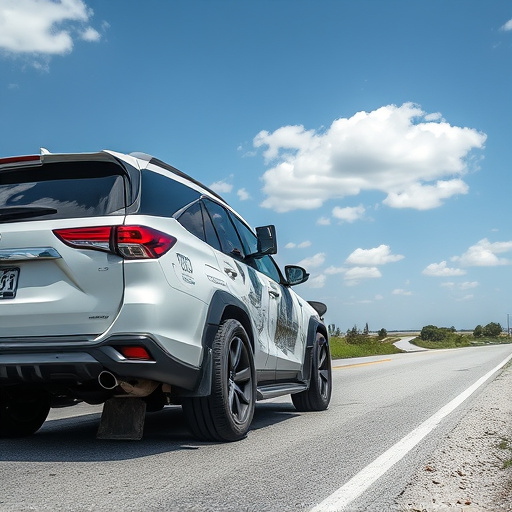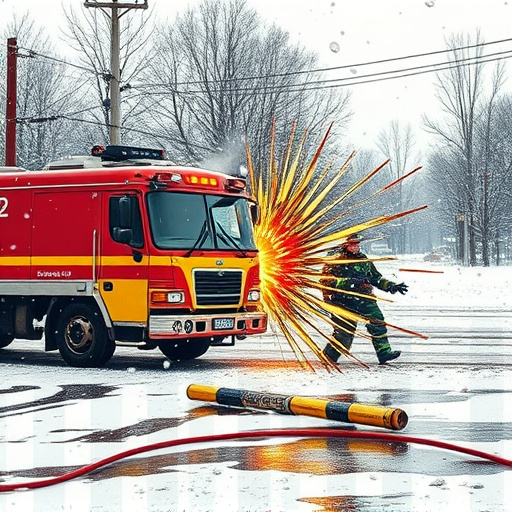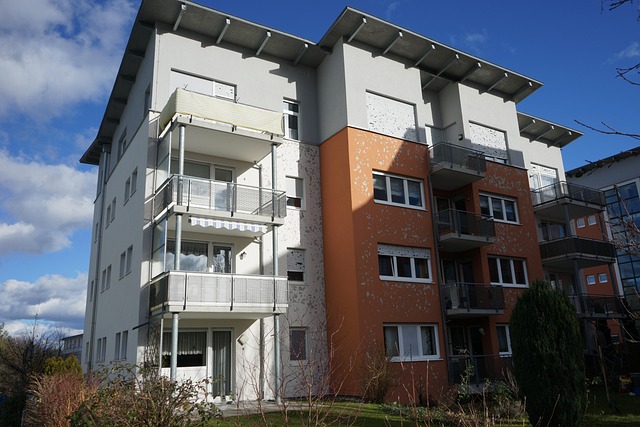Automotive paint types, sophisticated blends of resins, pigments, and additives, safeguard vehicle surfaces from environmental stressors like UV rays, extreme temperatures, and moisture. Polyurethane and hybrid paints, renowned for superior durability, offer robust barriers against these elements. Professionals use meticulous techniques, including sanding, cleaning, priming, and precise application tools, to extend paint lifespans. Regular maintenance like washing and waxing further protects against fading and weather damage, ensuring long-lasting, weather-resistant aesthetics.
“Uncover the secrets to keeping your vehicle’s finish looking pristine with our guide to automotive paint types resistant to fading and weathering. We delve into the science behind paint composition, exploring how different formulations combat environmental factors. From traditional to cutting-edge technologies, this article showcases top performers in durability. Learn about specialized paints designed to withstand the elements, offering long-lasting protection. Additionally, we provide practical application tips to ensure optimal results, extending the lifespan of your car’s protective coat.”
- Understanding Automotive Paint Composition and its Role in Fading and Weathering Resistance
- Types of Automotive Paints that Excel in Durability Against Elements
- Application Techniques and Tips for Maximizing Paint Lifespan on Vehicles
Understanding Automotive Paint Composition and its Role in Fading and Weathering Resistance

Automotive paint types are designed to protect the vehicle’s surface from various environmental factors, including UV rays, extreme temperatures, and moisture. Understanding the composition of automotive paint is key to appreciating its role in preventing fading and weathering. Modern automotive paints are complex formulations that combine resins, pigments, and additives. Resins provide the base material that bonds with the car’s metal, creating a protective barrier. Pigments offer color and hide imperfections, while additives enhance durability, flow, and stability against chemical reactions.
The resilience of automotive paint against fading and weathering is heavily influenced by the choice of resins and pigments. For instance, polyurethane paints are renowned for their exceptional durability, offering superior resistance to chipping, cracking, and fading compared to traditional epoxy or polyester-based paints. This makes them a popular choice among auto body shops involved in car damage repair and auto body restoration, ensuring long-lasting protection for vehicles exposed to harsh weather conditions.
Types of Automotive Paints that Excel in Durability Against Elements

When it comes to protecting a vehicle’s finish against the relentless assault of the elements, certain automotive paint types stand out for their superior durability. These specialized coatings are designed to resist fading, chipping, and cracking, even under harsh weather conditions. Two prominent categories leading the way in this regard are polyurethane and hybrid paints.
Polyurethane paints have gained popularity due to their exceptional hardiness. This type of automotive paint forms a robust barrier, safeguarding the car’s surface from UV rays, extreme temperatures, and damaging particles. Moreover, hybrid paints combine the strengths of both traditional and modern technologies, offering a blend of durability, color vibrancy, and ease of application. Many reputable car body shops and car repair services cater to these demands, providing high-quality car paint services tailored to different vehicle needs and preferences.
Application Techniques and Tips for Maximizing Paint Lifespan on Vehicles
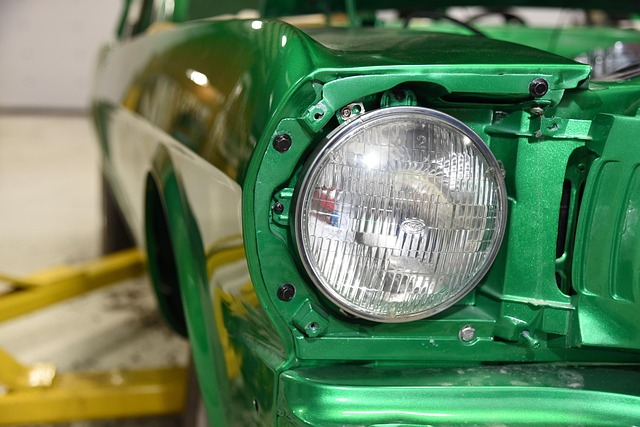
When applying automotive paint types designed to resist fading and weathering, professionals employ various techniques to ensure maximum lifespan on vehicles. For optimal results, start with thorough preparation of the vehicle’s surface. This includes sanding, cleaning, and priming to create a smooth base that allows for even paint distribution. Using high-quality tools like spray guns or airbrushes can significantly enhance the precision and consistency of the paint application, preventing drips and runs.
In terms of maximizing paint lifespan, proper coating techniques are crucial. Applying multiple thin layers of paint is often more effective than a single thick layer, as it reduces the risk of bubbles and cracks. Additionally, allowing adequate drying time between coats ensures a robust final finish. Regular maintenance, such as regular washing and waxing, can also prolong the life of automotive paint types, protecting them from environmental damage and UV exposure. Remember that consistent care in both application and upkeep will result in a durable, weather-resistant exterior for your vehicle, ensuring its aesthetic appeal for years to come, especially when sourced from reputable auto body shops or engaged in car restoration projects.
When it comes to protecting your vehicle’s finish long-term, choosing the right automotive paint type is key. By understanding paint composition and selecting durable options like polyester or acrylic blends, you can significantly resist fading and weathering. Proper application techniques, including meticulous surface preparation and even coating, further maximize paint lifespan. Investing in high-quality paints and following expert tips ensures your car’s exterior remains vibrant and protected against the elements for years to come, enhancing its overall aesthetic appeal.
